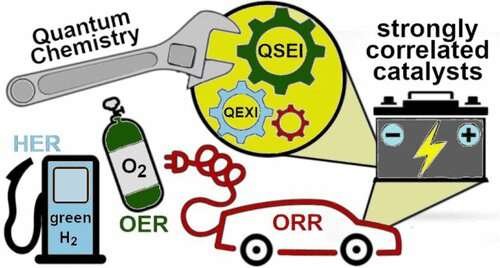Copyright Chemistry Views
The oxygen reduction reaction (ORR) transforms molecular oxygen into H2O. The hydrogen atoms necessary for the reaction can be provided using molecular hydrogen or by electrochemical means, with an electrode providing electrons and an acidic aqueous phase providing protons. The ORR is an important reaction linked to the use of green hydrogen as a fuel for the production of electricity and heat in modern fuel cells. Platinum is generally used as a heterogeneous catalyst for this reaction, despite its high costs and scarcity. Replacing platinum with alloys or other materials would be useful. A Pt3Co alloy, for example, has shown excellent ORR activity.
Read the full and original news here.




